Blisters are one of the most common injuries on trails and especially beginners are very likely to suffer from them. When it comes to blisters, prevention is indeed better than treatment because almost nothing ruins a hike more than blistering feet. Of course, you can tape up blisters with bandages while on the trail, but in my experience this helps very little. Healing blisters on your feet requires rest and time which is obviously not an option while you are on a hike – or worse, a long backpacking trip.
While I have endured blisters on the trails earlier in my life, I haven’t had blisters in more than five years – and it’s not because I haven’t been hiking. See the Trails section for more information about my hikes. In the following, I will offer some advice on how to prevent blisters when hiking based on my own precautions and hopefully this will also help you eliminate this common problem. However, let’s start with the basics and explain what actually causes blisters on feet. Note that I will not explain how to treat blisters in this article because I don’t think that I have the right experience to do so – after all I haven’t had blisters in five years.
Table of Contents:
- What causes blisters on feet?
- Wear the right socks
- Lace your boots/shoes properly
- Do you have the right footwear?
- Conclusion
What causes blisters on feet?
When you are walking, your boots and socks rub against the skin on your feet and if the friction is too high, the skin and the tissue just beneath the skin get damaged. If the skin is wet from perspiration, it gets softer and damaged by friction even faster. When the skin gets damaged by the rubbing, fluid accumulates beneath the outer layer of the skin and forms a blister. Hikers most often get blisters on the back of their heels while walking uphill, and around the toes while walking downhill. So, since friction causes blisters, the best way to prevent blisters is to reduce the friction.
Wear the right socks
You can reduce the blister-causing friction between your feet, socks and boots by wearing a pair of moisture-wicking and quick-drying socks. This is not just to keep your skin dry and thus less sensitive to friction, but also because wet fabric causes more friction than dry fabric. Try rubbing a piece of dry fabric against the sensitive skin on your neck and then do the same with a piece of wet fabric. The piece of wet fabric will quickly make your skin irritated. So, if you want blister-free feet, socks are really not something you should try to save money on. Besides you can get a pair of good hiking socks for less than $ 20. I recommend either synthetic socks or socks made of blend of Merino wool and synthetic fibers. Read more about the respective materials in the article Polyester vs. Merino wool. No matter what, avoid cotton socks because these dry very slowly and absorb water like a sponge. Check out the downsides of cotton in the post Why is cotton bad for hiking.
Lace your boots/shoes properly
Another precaution to reduce friction and thus the risk of blisters is to lace your footwear properly. This doesn’t mean that it should just be as tight as possible, because too tightly laced boots will restrict the blood flow from the ankles down and cause numbness in your feet. Instead, you should aim for tying the laces particularly tight around your forefoot as it is very rare that you find footwear which fit both of your feet 100% (given that one is often larger than the other). It is indeed possible that one or both of your boots are slightly too long, wide or high and thus enabling your feet to move around in them. Even if your feet move around just a tiny bit, this still causes friction and can result in blisters. If you lace your boots tight around the forefoot, such movements (and consequently friction) will be reduced because the laces will wrap the boot tighter around your foot and hold it in place.
Note that if you need to lace your hiking boots very tight for a good fit, the boots in question are probably not the best match for your feet to begin with. It can be a matter of size or perhaps that the model is not right for your feet. It might be small details in the heel area, too roomy toe box etc.
Do you have the right footwear?
It sucks when somebody tells you that you need a pair of new hiking boots or shoes, but footwear is by far the most common reason for blisters. If your boots are too small, they will apply high pressure on your skin which will obviously increase the friction. If they are too large your feet will move around and get chafed in various areas. Breathability is also important because if your footwear is not breathable, your feet will sweat. If your skin, socks and boots are wet, the blister-causing friction increases as described above. It also happens that the boots just don’t fit well even though they are in the right size.
Every foot is unique, and manufacturers naturally can’t take every foot into consideration when they are developing a product. Therefore, it’s important that you try the footwear before deciding to purchase it. To learn how to try on a pair of hiking boots/shoes to ensure a good fit, check out this article from Mountain Warehouse (scroll down to the How to Fit Hiking Boots section). If you have more robust (leather) boots you will also have to break them in because leather needs time to soften up. However, this is typically not the case with lighter (synthetic) hiking boots and shoes. These should feel comfortable right out of the box.
Conclusion
I stopped getting blisters when I bought high-quality boots, several pairs of Merino socks and started lacing boots tighter around the forefoot. I don’t know which one did the trick but I’m sure that no socks help if the boots don’t fit well. Therefore, I always take time when I’m buying a pair of new boots – when I bought the Salewa Mountain Trainer Mid boots, I tried at least five pairs of different boots and choose the Salewa because it fit me the best. Before writing this article, I checked other online resources on the topic and their advice doesn’t differ much from mine. However, some also recommend foot powder and sock liners. I don’t see the point in sock liners (just more friction between different components) but foot powder might help if your feet sweat a lot.
I’d love to hear about your thoughts on blisters from hiking and backpacking. Write them in the comments section below.
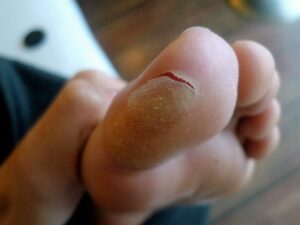
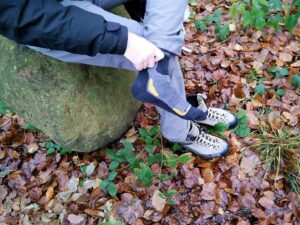
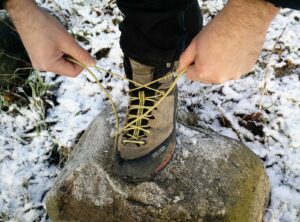
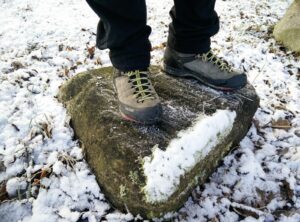

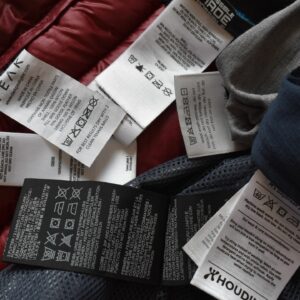
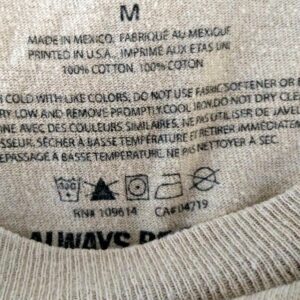
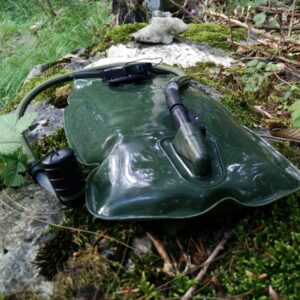
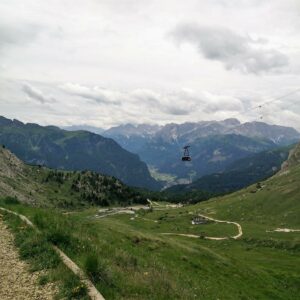
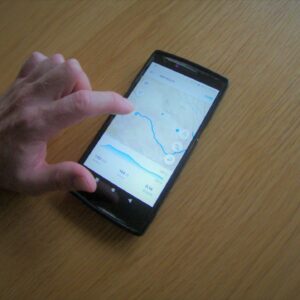
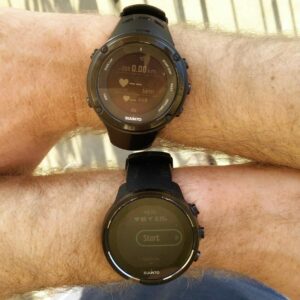
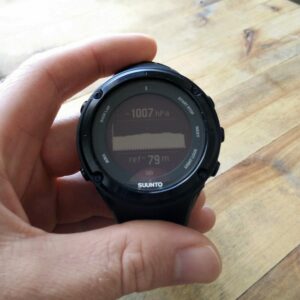
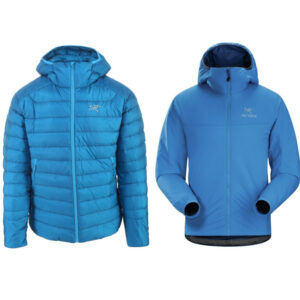
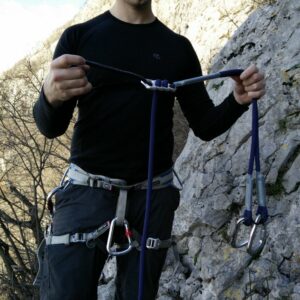











I never get blisters and I think this is why:
1) Proper fitting boots. I never leave the store with a shoe/boot that does not feel perfectly well. I do not believe in “breaking-in” a boot. I fit the boot with the socks I plan to wear.
2) I always wear a sock liner. I like a polyester/wool mix against my feet in the thinnest layer I can find. Too much poly or silk doesn’t work because it is slick. And, you need a little wool for cushion. The socks rub against each other, not against my skin.
3) I am careful not to have too much cushion in the outer sock layer. Once again, I use more wool blend.
4) I walk a lot to toughen my feet–going from 0 to 20 miles will take its toll on the feet.
5) I always wear a good boot, never “trail runners” or mid-high light-weight shoes. Your feet are the weakest link—a 16 oz boot vs a 4 oz trail runner is no contest. Do you remember the 5-toed shoes of a few year ago? They seem to have lost their popularity for a reason—your feet need proper protection.
6) I always carry blister protection / care equipment.
Thank you for sharing Wallace Kimball!
Hi Blaz, a very interesting article. Definitely thought provoking around tight lacing of the forefoot being key. I see other folks indicating the importance of tight heel lacing to prevent heel slip leading to blisters there. Whether it is one or both of these strategies it raises the importance of being prepared to adjust (loosen) laces as the hike progresses. Our feedback has been that around 10km, 2-3hrs feet will have swelled at which point, literally putting the feet up to reduce swelling makes good sense. Likewise it would be a good time to relace to ensure swelling will not reach new sources of rubbing against the skin.
On the subject of liners, rather than being a source of additional friction, they generally are quite smooth on the outside which means that external movement is deflected along the liner’s surface instead of being transferred as shear forces to the skin. Ian
Hi Ian,
I agree that the laces should be loosen as the hike progresses. Feet do indeed swell during the hike. It’s also important that the boots are not laced too tightly. I actually got a blister while hiking this summer. I’m quite sure it was because of the socks. I wore my running socks which are made of a slightly rougher fabric than my hiking socks. During the descent I got a blister on top of one of my toes. So, I do think that socks play a big role here. I recommend either Merino socks or socks made of soft synthetic materials such as Coolmax. Thanks for sharing your thoughts.
I recently completed a 12+ mile hike in the smokies. It was a hot and humid day and I was wearing merino socks and trail runners and I got a large blister on the inside of my big toe and actually got a blood blister on the opposite foots’ pinkie toe. My feet felt as they’d bed beaten on the bottom due to the continuous pounding on rocks and lack of thick sole footwear. I will be investing in a good pair of hiking boots and taking a couple pair of extra socks to switch out if my feet sweat too much on the trail from now on.
Thanks for your advise!